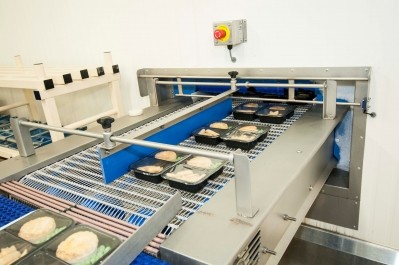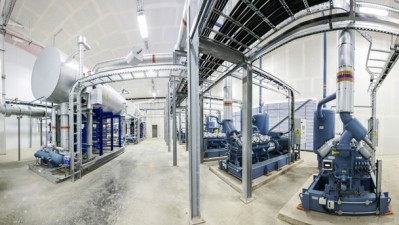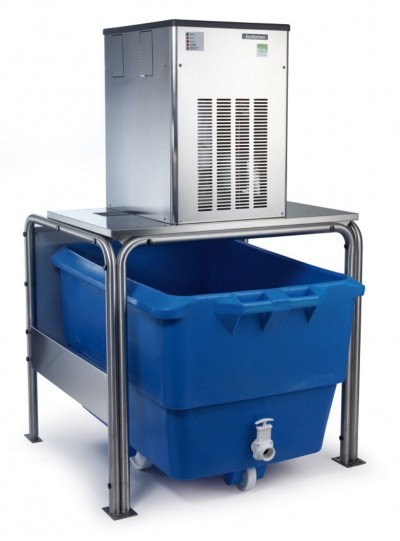F-Gas rules drive up HFC refrigeration costs

Replacing high global warming potential (GWP) refrigerants with medium GWP hydrofluorocarbons (HFCs) was now a matter of urgency, following the beginning of the phase-down period of the EU F-Gas Regulation, which came into force last month, said Chris Sturman, chief executive of the Food Storage and Distribution Federation (FSDF).
Sturman said the cost of HFC refrigerants such as R404a and R134a had increased by 60% since January 2015, and would continue to rise as an EU-wide quota restricted their availability.
Included within the quota is imported equipment, pre-charged with HFCs. Sturman said imported F-Gases had to be accounted for and users had to buy from licensed suppliers. This was already driving up prices fourfold and reducing supply, he claimed.
Cost increases
“Cost increases will really take hold in 2017 when pre-packed units are included in the regulations,” Sturman warned.
The regulations demand a 7% reduction in HFC use in 2016, and a 79% overall reduction by 2030.
“Food manufacturers should look at how old and efficient their refrigeration units are, and what plans they have to replace them with new equipment using alternative refrigerants,” Sturman said. “For new equipment, very high GWP HFCs should not be used at all. Instead, these should be replaced with ‘ultra-low’ GWP refrigerants such as ammonia or carbon dioxide, which will not be affected by the market restrictions.”
HFC suppliers would now only sell to contractors and engineers qualified to handle HFC refrigerants and would keep records of sales, said Sturman.
Legally bound
“Users also need to keep records of purchases, amounts in use and disposals. It means the owners of the refrigeration plant are legally bound to ensure records are kept,” he added.
F-Gases are not the only substances affected by changing regulation. From last October, the use of ammonia now has to comply with the Dangerous Substances and Explosive Atmosphere Regulations (DSEAR), which compel employers to control risks from fire, explosions and substances corrosive to metals.
The FSDF, in conjunction with the Institute of Refrigeration, has published a self-assessment checklist on ammonia systems for members’ use.
Sturman also warned that new EU regulations covering the use of refrigeration systems in non-road mobile machinery were imminent.



















